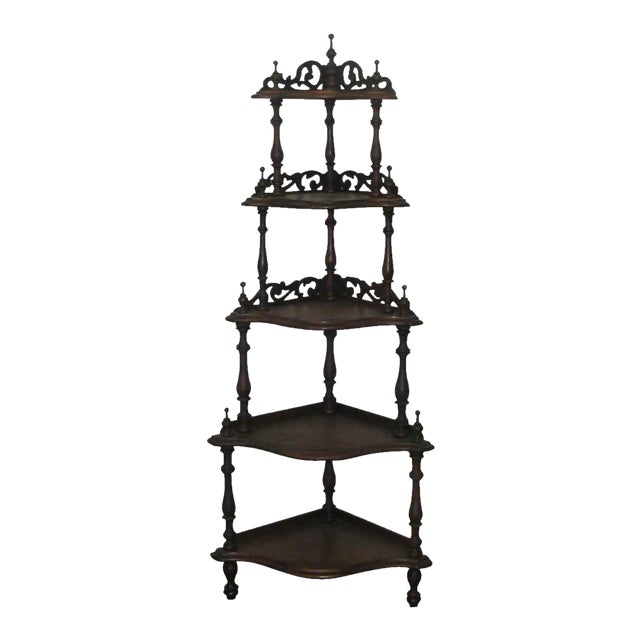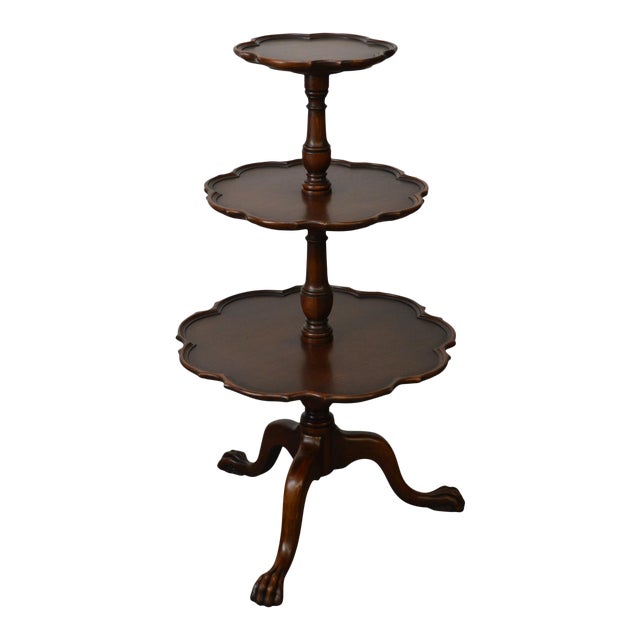When I started to really throw myself into antiques and vintage items I quickly realized I need to refer to some pieces of furniture with their authentic (and much cooler) names. Today I’m talking about a few key pieces of furniture and their “real” names. It is helpful to know this when you are cruising around antique fairs or surfing around the interwebs looking for legit antiques. It also helps if you see items not going by their proper names. Maybe it just means that the seller is trying to use more market friendly terms, or perhaps the seller is unaware of the value of the piece.
Magazine Rack (Real Name: Canterbury)
Plain and simple, Canterburies rock. I’ve tripped over dozens of these in the antique markets and never really kneeled down to look at one until recently when I decided I need a “magazine rack”. They roll, they store things, they even usually have a little drawer to tuck things away (like sheets of music for your piano). The name is derived from England around the 1780’s where the Archbishop of Canterbury commissioned one to be made. Functional, mobile and beautiful you can’t go wrong with purchasing one.
Book Shelf, Book Case, Corner Shelf (Real Name: What-not)
A “What-Not” is exactly what it says it is. What can you not put on this thing? It’s usually a smaller type book case, or shelf that was derived from the French etagere. Something that will hold china, trinkets, ornaments, or “what-nots”. Basically, this name covers all bases. This piece of furniture was very popular in England in the first three-quarters of the 19th century and it remains very popular today in so many modern interpretations. The main point of a what-not is that it is meant to be used and not so much admired. Although, many antique versions are absolutely beautiful and would now be more admired than used!
Tiered Table, 2-tier or 3-tier Table (Real Name: Dumbwaiter)
Dumbwaiters seems like sort of a harsh name for such a cute table. But I’ll assume the table is so effortlessly functional it doesn’t have to exactly be the smartest piece of furniture in the room ?.
Dumbwaiter tables hail from England during the 1740’s and were commonly used to display pastries and cakes in restaurants, cafes and bakeries. You may be more familiar with the term “lazy Susan” which is pretty useful when you can’t figure out to do with your corner kitchen cabinet.
Console, Wall Console (Real Name: Pier Table)
Very cool historical fact about Pier Tables is that they were typically found in wealthy people’s parlor rooms and they would be located in the pier section (or wall section) between two windows.
Typically, made of a rich wood such as mahogany, rosewood, or giltwood and often times it would include a mirror between the two legs. A pier table with a mirror quickly became a status symbol as it would be used to reflect all the wealth and beauty around it (such as marble floors).













